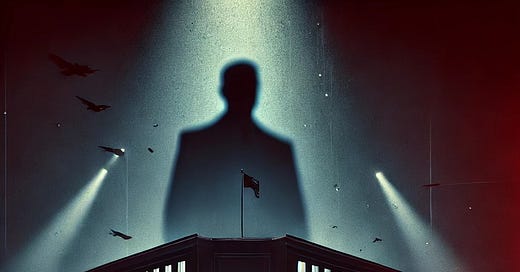The latest declassified files surrounding the assassination of President John F. Kennedy confirm what many have suspected for decades: JFK’s death was not the result of a lone gunman—it was a carefully coordinated coup involving the CIA, organized crime, and foreign intelligence agencies. The narrative that Lee Harvey Oswald acted alone is no longer sustainable. The newly released documents paint a chilling picture of deliberate complicity, intelligence manipulation, and a high-level cover-up that spanned decades.
Oswald’s movements were being monitored by the CIA in the months leading up to the assassination. He made a phone call to the Soviet consulate in Mexico City where he identified himself by name—a call that was recorded, transcribed, and later altered before being passed to investigators. This means the CIA was aware of Oswald’s contacts with Soviet and Cuban officials before the shooting. The question is: Why did they not act? The answer appears to be because Oswald was being used.
A mysterious figure known only as “The Colonel” appears in the files as a person of interest who reportedly had contact with Oswald during his time in Mexico City. “The Colonel” was believed to be connected to a CIA-backed anti-Castro operation—a fact that ties Oswald’s activities directly to U.S. intelligence. This suggests that Oswald was not operating independently; he was part of a broader geopolitical game involving Cuba and Soviet intelligence.
Even more explosive is the revelation that Oswald’s name was on a CIA internal watchlist prior to the assassination. Senior intelligence officials knew exactly who he was and tracked his movements. After the assassination, these same officials worked swiftly to control the narrative. Internal memos show that the CIA pressured the Warren Commission to avoid exploring leads that suggested multiple shooters or foreign involvement. Eyewitness testimony describing shots from the grassy knoll and suspicious figures near the fence line were deliberately suppressed or excluded from the final report.
The files also name a specific CIA officer (David Atlee Phillips) involved in the post-assassination investigation who had direct ties to anti-Castro operations. This officer was tasked with managing the flow of intelligence data—essentially acting as a gatekeeper for what information reached the Warren Commission. This was not a failure of intelligence; this was strategic narrative control designed to shield the real perpetrators.
The connection to organized crime also grows stronger in these files. Figures tied to the Mafia, who were known to have worked with the CIA on assassination plots against Castro, were implicated in the planning and execution of the Kennedy hit. The overlap between intelligence operations and organized crime networks was not incidental—it was structural. The same machinery used for covert operations abroad was turned inward to eliminate a sitting president who had threatened to dismantle the intelligence community and scale back military involvement overseas.
What these files reveal is that the assassination of John F. Kennedy was a coup—a surgical removal of a political threat to the military-industrial complex. JFK’s push to reduce tensions with the Soviet Union, avoid deeper involvement in Vietnam, and dismantle the CIA’s covert operations put him at odds with the most powerful institutions in the country. His death was a message—a warning to future presidents about the consequences of defying the hidden hand that controls American policy from the shadows.
The cover-up was as sophisticated as the assassination itself. Oswald was painted as a lone radical, a communist sympathizer acting on his own impulses. The Warren Commission was designed not to discover the truth but to provide a digestible story that would protect the intelligence agencies and the executive branch from scrutiny. The public was fed a narrative—one that ignored the forensic inconsistencies, the witness suppression, and the geopolitical context behind the hit.
JFK’s death was not a failure of security—it was a success of strategy. The military-industrial complex and the intelligence community emerged from the aftermath more powerful and untouchable than ever. The question now is not whether Oswald acted alone—he didn’t. The question is whether the American people are prepared to confront the depth of this betrayal and demand accountability from the institutions that still hold power today.
The truth has been hidden for over six decades. Now, it’s finally in the light. The question is: What are we going to do about it?
Silence Dogood
Files used for this article:
https://www.archives.gov/files/research/jfk/releases/2025/0318/198-10005-10018.pdf
https://www.archives.gov/files/research/jfk/releases/2025/0318/198-10007-10013.pdf
https://www.archives.gov/files/research/jfk/releases/2025/0318/198-10007-10021.pdf
https://www.archives.gov/files/research/jfk/releases/2025/0318/198-10007-10022.pdf
https://www.archives.gov/files/research/jfk/releases/2025/0318/198-10007-10029.pdf
https://www.archives.gov/files/research/jfk/releases/2025/0318/198-10008-10119.pdf
https://www.archives.gov/files/research/jfk/releases/2025/0318/198-10009-10098.pdf
https://www.archives.gov/files/research/jfk/releases/2025/0318/198-10009-10099.pdf
https://www.archives.gov/files/research/jfk/releases/2025/0318/202-10001-10187.pdf




